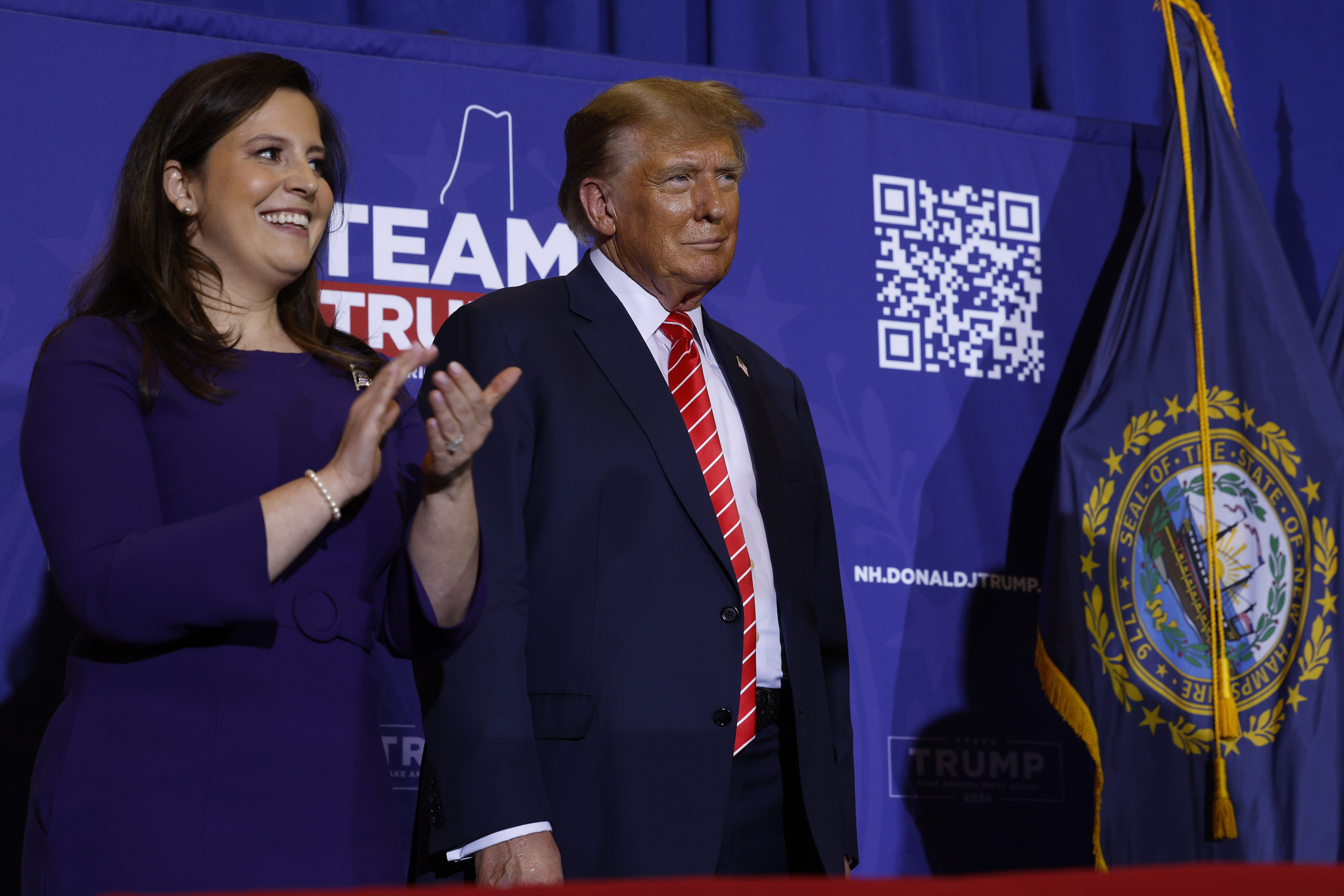Not even two years ago, at the peak of the pandemic, society recognized that the heroes worth celebrating were often not in the corner suites of skyscrapers but instead were on the ground floor. They were front line workers.
Some ancient cultures used to drive away a poor goat with a noose around its neck, to rid the community of famine or epidemics. Today many economic policymakers from the Fed are falsely scapegoating employed workers as the source of inflation.
Former Dallas Federal Reserve President Richard Fisher complained, "The Phillips Curve is back. We have a wage/price spiral. ... This labor market is pretty clear. How far are they willing to take it? Historically low unemployment, 3.7 percent. Too many jobs open. ... We felt at the Federal Reserve that the non-inflationary flex point for unemployment is 6 percent. ... If they don't bring that horse back to the barn, they will go down in history as having done a crappy job." Former Treasury Secretary Larry Summers upped the ante by calling for five years of unemployment at 6 percent or one year at 10 percent.

It's easy for some calling for 10 percent unemployment when they are largely protected from the devastating consequences. As reported by Forbes, the average S&P 500 CEO made 324 times more than their median workers in 2021, with CEO pay doubling over the last five years—much faster than the pace of inflation and the pace of shareholder returns—genuinely inflationary. In fact, CEO pay rose 1,322.2 percent from 1978 to 2020 adjusted for inflation, compared to an 18 percent for average workers.
Similarly, there is a parallel correlation between inflation and the number of economists who are employed. In fact, the pace of gains for median economist salaries also far outstrips inflation by 20 percent over the last decade. Perhaps the more relevant inflationary unemployment statistic which the Fed needs to address is the remarkably low unemployment levels among economists. Ultimately, it is American workers and households who will bear the brunt of the pain.
This blaming of inflation on employment reveals a mental time warp—an obsolete Phillips Curve mentality belonging in dustbins of 1960s economic history when there was still "cost push" or "wage push" inflation, not practical economic policy taking jobs away from millions of workers.
The Phillips Curve posits that unemployment and inflation are inversely correlated. This has not been true for at least 40 years and has zero science, data, or track record to support it as the graph below show. This is perhaps due to the decline of labor union bargaining power, global labor supply and tech substitution replacing jobs.

The National Bureau of Economic Research (NBER) and other macro experts including Fed Chair Jay Powell in an earlier iteration have proclaimed the Phillips Curve obsolete decades ago with zero justification for targeting 5 percent or 6 percent unemployment—at least until Powell apparently forgot his own lessons.
Contrary to what economic commentators would have you believe, worker salaries are actually decreasing on a real basis. Average real hourly wages are already down 3 percent this year, not up, and the pace of nominal wage growth severely lags behind the pace of inflation across food, fuel, shelter, and other key household spending. Simply put, falling real wages has not contributed to inflation and is actually helpfully pulling inflation down. ADP reported this week that businesses added 208,000 jobs for the month far above the projected 85,000 and yet US houses prices fell to record levels since The Great Depression.
If not increasing unemployment, then, some commentators argue that companies are still having a hard time hiring people. But this too reflects an outdated mindset from 2021. CEOs of major companies from Uber to HCA Healthcare are now openly saying on earnings calls that labor markets have already loosened; major employers such as Goldman Sachs and JPMorgan Chase are preparing to lay off hundreds if not thousands of their workers.
Workers are reporting difficulties finding jobs, not the other way around; Anecdotally, during a trip to Silicon Valley recently, CNBC's Jim Cramer noted that few tech companies were hiring despite long lines of recently laid off tech talent from engineers to sweepers. This is partially the result of a labor force participation rate which has been steadily on the rise over the last couple of years.
That is not to say more can't be done to increase labor supply. Congress and the Biden administration can pass child care policies that make it easier for parents to return to the workforce and increase opportunities for immigration, to name just a few. But these are supply-side solutions that the Fed cannot deliver. The Fed's tool of choice, interest rate hikes, is an extraordinarily blunt tool which kills demand while creating many unintended consequences. Targeting the unemployment rate to go higher reflects not only a misguided view of what drives inflation, but what makes the economy tick.
Our current record low unemployment rates form the basis of a healthy, productive economy and society, and should not become the faulty basis for the Fed to take a wrecking ball to the economy.
Already, we have shown that across housing, fuel, food, commodities and supply chains, inflation is already down—even if these declines are not fully reflected by the Fed's time-lagged, backward-looking inflation indicators. The foundational number they control is the total money supply called M2—and that indicator has dropped to lowest levels or the tightest money supply since 1948.
Jeffrey Sonnenfeld is the Lester Crown professor in management practice and senior associate dean at Yale School of Management.
Steven Tian is the director of research at the Yale Chief Executive Leadership Institute.
The views expressed in this article are the writers' own.
Uncommon Knowledge
Newsweek is committed to challenging conventional wisdom and finding connections in the search for common ground.
Newsweek is committed to challenging conventional wisdom and finding connections in the search for common ground.





